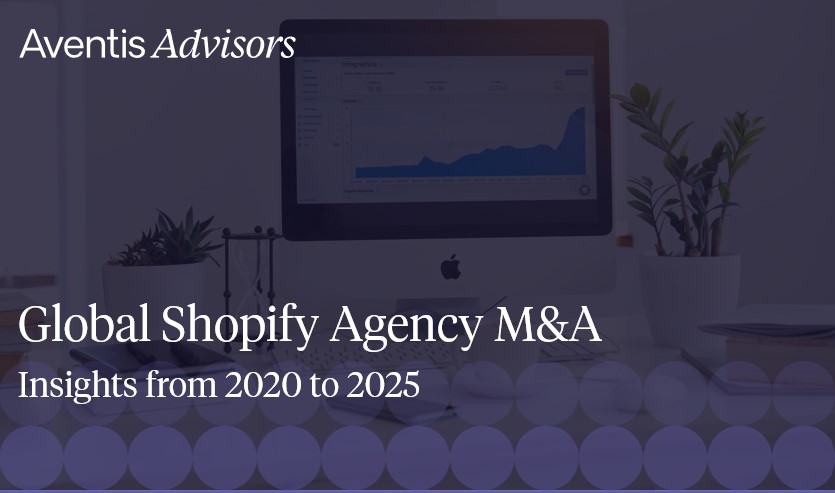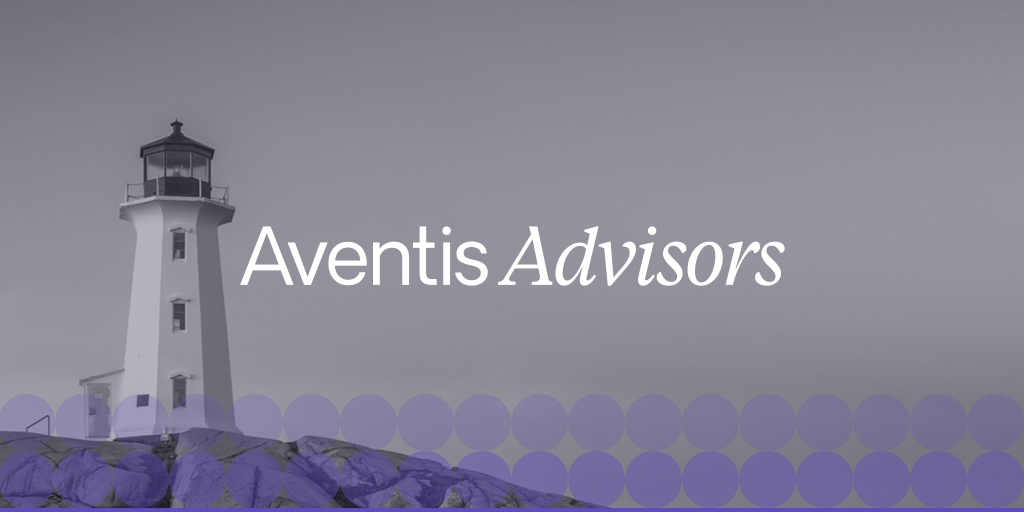Welcome to the Aventis SaaS Index, the premier benchmark for monitoring the pulse of the global SaaS market.
Each of the 196 companies included in our SaaS index has been meticulously vetted to ensure they are true SaaS firms, providing unparalleled insight into industry performance and trends.
This index is an extension of our widely followed piece on SaaS Valuation multiples. We have significantly expanded the scope of index constituents so that they fit better and are more representative of the needs of small, medium, and large SaaS founders, industry professionals such as VC/PE investors, corporate development teams scouting for SaaS valuation trends, SaaS enthusiasts, and more!
Let's dive in to uncover the insights, key value drivers, and the fun of our ultimate Aventis SaaS index!
Aventis SaaS Index description
Aventis SaaS index is designed to track the performance of software companies providing the services in SaaS model.
We define SaaS businesses as the firms that:
- Derive the revenue from selling access to software
- Deliver software to clients via a cloud-based distribution method, such as being hosted on distant servers catering to multiple users, accessible through web browsers or mobile devices, or utilized as an API
- Deliver software to clients using a cloud-based pricing model, for instance, through subscriptions, volume-based plans, or transaction-based arrangements.
Methodology
Countries included: USA, UK, Canada, Australia, New Zealand, India, Sweden, Norway, Finland, Switzerland, Spain, Brazil, Israel, Italy, Denmark, Netherlands, Ireland, Belgium, Greece, Poland, and France
Revenue size: at least $10 million as of 15 May 2024
The index started with 42 public SaaS companies on January 1, 2015, and had 196 companies as constituents in July 2025. (Note that companies often get delisted or change their tickers and in case this happens, they remain in our index till the time they were publicly traded).
Aventis SaaS Index
Over the past 10 years, the Aventis SaaS Index grew by 442% in absolute terms. The index value stood at 542 points as of July 2025.
The growth was not uniform throughout the years, with a fast increase and then a rapid decline in 2020-2022. But in the end, the trendline is rather straight and corresponds to a compounded annual growth rate (CAGR) of around 17%.
We believe the rapid ascent of SaaS companies has been driven by a number of factors, both internal and external:
- Firstly, the 2015-2022 period was marked by low and declining interest rates, significantly boosting valuations. Since the SaaS business model depends heavily on future cash flows, the valuations of SaaS companies are particularly sensitive to changes in interest rates.
- Second, the widespread adoption of cloud computing has played a significant role. As businesses across industries transitioned from traditional on-premise solutions to cloud-based platforms, SaaS companies were well-positioned to meet this demand. The flexibility, scalability, and cost-effectiveness of SaaS solutions have made them increasingly attractive to enterprises looking to modernize their IT infrastructure and reduce capital expenditures.
- Third, the rise of remote work, accelerated by the COVID-19 pandemic, has underscored the need for robust, accessible, and collaborative software solutions. SaaS applications, accessible from anywhere with an internet connection, have become essential for businesses navigating the challenges of a distributed workforce. Tools for communication, project management, and CRMs have seen especially high adoption rates.
- Finally, related to the earlier point on interest rates, venture capital and private equity have heavily invested in the SaaS sector, attracted by the recurring revenue model and high growth potential. This influx of capital has allowed SaaS companies to scale rapidly, innovate, and capture market share.
SaaS EV/Revenue Multiples by Region
SaaS companies in North America are valued at higher EV/Revenue multiple relative to their European peers. During mid-2021 when revenue multiples were at their peak, North American companies were valued at median 14.4x while European companies were trading at 8.0x EV/Revenue.
Post-COVID there is a race to convergence of revenue multiples with North American SaaS companies dropping the most. Want to know more? Download the full report below.
Revenue growth and multiple expansion
The SaaS index's growth over the analyzed period was supported by both revenue growth of the underlying firms, as well as by multiple expansions.
Revenue multiples have increased as investors have shown a willingness to pay a premium for high-growth, recurring revenue streams characteristic of SaaS businesses. Decreasing interest rates contributed to the lower cost of capital, while 2020-2021 period has also had an element of irrational exuberance, when SaaS companies has been the darlings of stock market investors.
But at the same time, the revenue of SaaS companies also increased. For example:
- Salesforce: Salesforce, a pioneer in the SaaS space, saw its annual revenue grow from approximately $5 billion in 2015 to over $26 billion in 2022. This impressive growth was driven by the company's continuous innovation, expansion of its product offerings, and strategic acquisitions.
- Adobe: Transitioning from a traditional software licensing model to a SaaS subscription model, Adobe's revenue soared from around $4.8 billion in 2015 to nearly $16 billion in 2022. Adobe's success highlights the effectiveness of the SaaS model in driving consistent revenue growth.
- Shopify: Shopify's revenue increased from $205 million in 2015 to approximately $4.6 billion in 2022, reflecting the growing demand for e-commerce solutions. Shopify's platform enabled businesses of all sizes to create and manage online stores, driving substantial revenue growth.
Index composition
By revenue size
The companies in the index are split rather uniformly across different revenu brackets. There are roughly 20-30 firms in each of the bracket. The large companies, such as Adobe and Salesforce account for roughly 10% of the total number of companies. With the index being equal-weighted, they do not have an overwhelming effect on the index performance, suggesting SaaS companies have been growing over the past years quite uniformly.
By market capitalization
Larger companies with a market capitalization of $1B+ constitute almost 40% of the sample. With many companies valued at a high revenue multiple, those figures are much larger than the revenue sizes.
By country
Out of the total 181 companies in the SaaS index, more than 40% are headquartered in the USA. Europe is the second-largest composition of our index by the headquarters of the SaaS companies, with 59 firms originating from countries such as the United Kingdom, Sweden, Germany and other European nations.
Companies included
The 196 companies included in the Aventis SaaS index are:
Cellebrite, Voxtur Analytics, Inuvo, Xref, PAID, Tribe Property Technologies, Beonic, Dye & Durham, Doxee, Eleco, Nemetschek, CCC Intelligent Solutions, Roper Technologies, The Descartes Systems Group, Blackbaud, Aptitude Software Group, Adobe, Autodesk, Microlise Group, Technology One, Dropsuite, Intuit, Kinaxis, Netcall, Vitec Software Group, PROS Holdings, Esker, KLDiscovery, Mitek Systems, SPS Commerce, Objective Corporation, Reckon, Fabasoft, ACCESS Newswire, GB Group, Manhattan Associates, Alfa Financial Software, Lime Technologies, Profile Systems & Software, Envirosuite, Temenos, Fortnox, Iress, FINEOS Corporation, Itim Group, WiseTech Global, Verint Systems, Serko, Intellicheck, Qt Group, Planisware, ActiveOps, LivePerson, FD Technologies, SoundThinking, Energy One, Enfusion, ON24, Serviceware, Salesforce, RingCentral, Cerillion, dotdigital Group, Bango, Neogrid Participações, Intapp, Nuix, IDOX, IRIS Business Services, Bridgeline Digital, Guidewire Software, Five9, AvePoint, Unifiedpost Group, Streamwide, Sleep Cycle, Atlassian, Procore Technologies, Jamf, Text, Growens, DocuSign, Upsales Technology, Fadel Partners, Clearwater Analytics, Q2 Holdings, RateGain Travel Technologies, Coveo Solutions, Formpipe Software, LifeSpeak, Workday, HubSpot, Dynatrace, TeamViewer, Docebo, Olo, Shoper, Adcore, Xero, AppFolio, BILL Holdings, SiteMinder, Yext, Catapult Group International, Kaltura, Dropbox, Life360, Idomoo, Asana, Weave Communications, Expensify, Nutanix, Sprinklr, C3.ai, Alkami Technology, Truecaller, Similarweb, LeadDesk, Wishpond Technologies, Datadog, Freshworks, Sprout Social, Domo, Windward, Bigtincan Holdings, Semantix, Zoom Communications, Braze, Pexip, Blend Labs, CS Disco, Thinkific Labs, Oneflow, Facephi Biometria, Veritone, OrderYOYO, Skolon, Penneo, Photomyne, Samsara, Credit Clear, Pomvom, EverCommerce, SpringBig Holdings, Red Violet, Rekor Systems, XPON Technologies Group, E2open Parent Holdings, ATOSS Software
Why you need a SaaS M&A advisor
Monitoring SaaS company valuations offers important insights into market trends and aids in timing your exit strategy. However, each SaaS business is unique, much like every founder’s journey. Therefore, it’s essential to consult with experts in the SaaS M&A landscape, particularly advisors who specialize in the SaaS sector and can understand your unique circumstances.
SaaS M&A advisors understand how to navigate market dynamics, valuations, and coordinate all the necessary workstreams. While you concentrate on running your business, SaaS M&A advisors work diligently to ensure that no detail is overlooked and advocate for the best possible deal. Their success is directly linked to yours through a success fee structure, and their influence on the final sale price can therefore be substantial.
About Aventis Advisors
Aventis Advisors is a M&A advisor for SaaS companies. We believe the world would be better off with fewer (but better quality) M&A deals done at the right moment for the company and its owners. Our goal is to provide honest, insight-driven advice, clearly laying out all the options for our clients – including the one to keep the status quo.
Get in touch with us to discuss how much your business could be worth and how the process looks.




